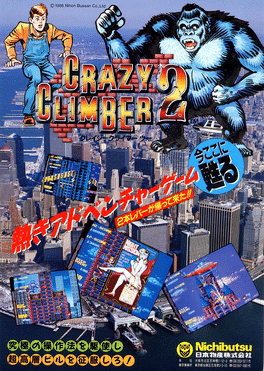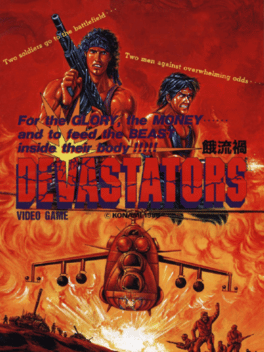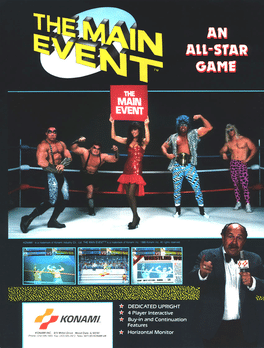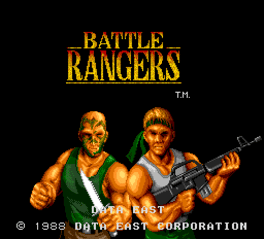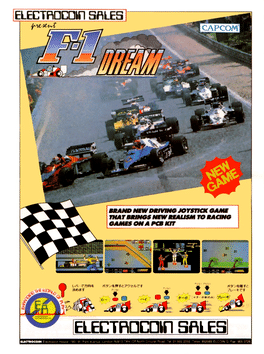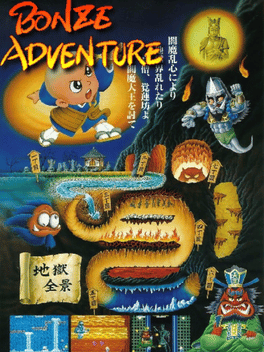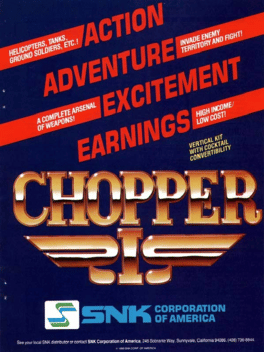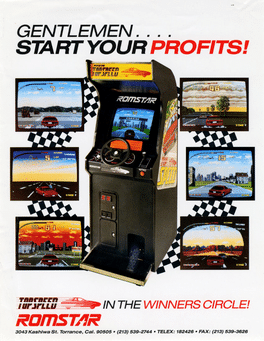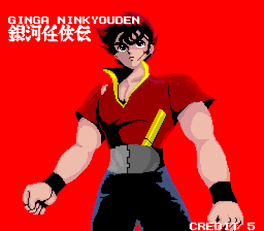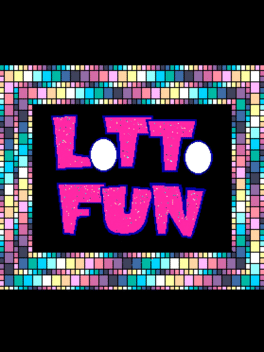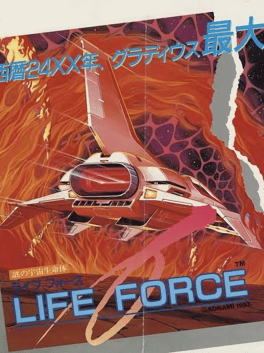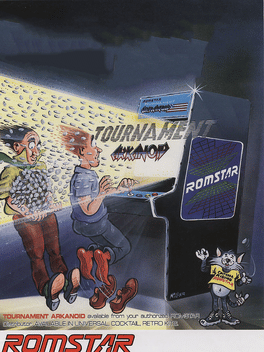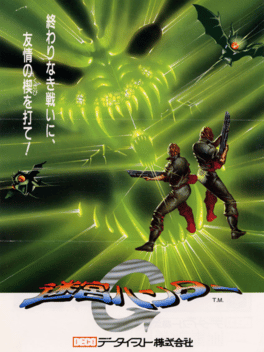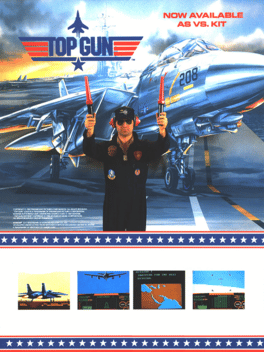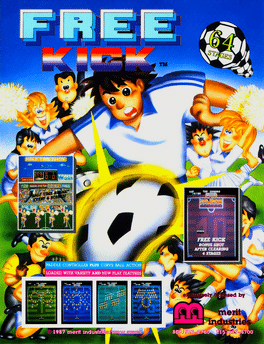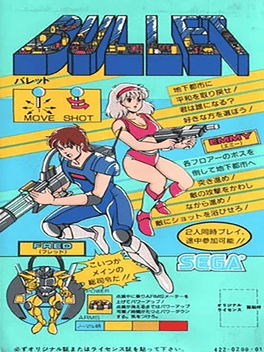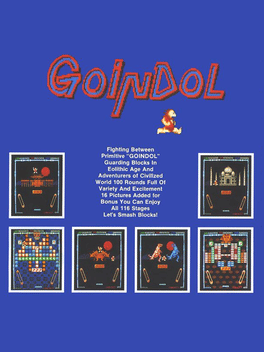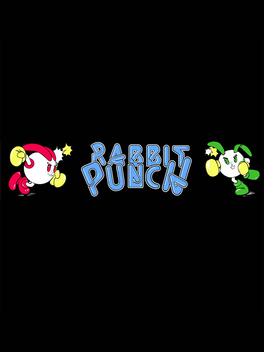New Arcade Games - Page 96
-
Crazy Climber 2
1988
Crazy Climber 2
1988
Crazy Climber 2 (クレイジークライマー2?) is a 1988 arcade game developed and published by Nichibutsu. It is the sequel to the 1980 arcade game Crazy Climber. The gameplay is mostly identical to that of its predecessor, but there some significant differences. Unlike its predecessor, Crazy Climber 2 was only released in Japan. -
Devastators
1988
Devastators
1988
Devastators (餓流禍 Garuka?) is a 1988 third-person shoot 'em up arcade game by Konami.[1] Devastators was made available on Microsoft's Game Room service for its Xbox 360 console and for Windows-based PCs on December 22, 2010. -
The Main Event
1988
The Main Event
1988
The Main Event is a professional wrestling arcade game. A player selects two different wrestlers as their tag team, and they wrestle another tag team. If the player wins, his team moves on to another match. If he loses, he gets an immediate rematch, since the game isn't over until the player's energy falls to zero. Some of the game's most distinguishable features were an oversized "Action" button which would flash whenever an attack, grapple, submission or pin could be performed; and an enthusiastic announcer who introduced the wrestlers and called the action during matches. -
Battle Rangers
1988
Battle Rangers
1988
Battle Rangers, is a run and gun arcade game released by Data East in 1988. Two soldiers attempt to rescue a kidnapped presidential candidate and free as many P.O.W.s as possible. -
F-1 Dream
1988
-
Bonze Adventure
1988
Bonze Adventure
1988
The player controls a Buddhist monk, Bonze Kackremboh. His weapons are Buddhist prayer beads, called "mala" beads, which can be powered up until they become almost as large as the player. The monk battles snakes, giant eyeballs, ghosts and other enemy creatures. -
Chopper I
1988
Chopper I
1988
star 6.8Chopper I is an 1988 arcade hall video game, developed by SNK. The objective of the top-down game is to infiltrate enemy territory and essentially destroy all objects. The game can be played with 1 or 2 players; both players, each occupying one helicopter, play simultaneously. -
Full Throttle
1988
Full Throttle
1988
A driving game very similar to "Out Run", except for the addition of the nitro boost button. -
Ginga Ninkyouden
1988
Ginga Ninkyouden
1988
Jaleco’s 1987 arcade action game Ginga Ninkyouden (“Tale of the Galactic Yakuza”) tells the story of Yatchan, a young gangster who won a heart of his boss, Clis. Their peaceful days come to a sudden end when King Cobra, being a jerk he is, whisks away his beloved to the other side of the galaxy. So begins Yatchan’s adventure to rescue her, as he fights his way through Cobra’s army assembled across time and space. However, a closer inspection on the game will reveal a twist: the whole thing is one big movie production, both Yatchan and his girlfriend being actors in it. -
Lotto Fun
1987
-
Life Force
1987
Life Force
1987
Konami later released an enhanced version of Salamander in Japan in 1987 bearing the American title of Life Force which further fleshes out the organic motif. All of the backgrounds and mechanical enemies are completely redrawn and given organic appearances. The power-up system was also modified, with the Japanese Life Force using the same power-up gauge as the original Gradius. Some music tracks have been completely changed for this release and the power-up gauge is arranged differently for both players. -
Tournament Arkanoid
1987
Tournament Arkanoid
1987
Tournament Arkanoid is a sequel to the original Arkanoid, developed by Taito and published by Romstar in the United States in 1987. The game has 32 stages with different arrangements of blocks, some of them are much more challenging than his prequel. -
Meikyuu Hunter G
1987
Meikyuu Hunter G
1987
Meikyuu Hunter G is a multi-directional shooter arcade game which got released by Data East Corporation in 1987, only in Japan; however, it was later adapted by Data East USA as The Real Ghostbusters (under the license from Columbia Pictures Television, as it had been based on their animated series of the same name) for the United States later that year, and added a third yellow-suited player (Egon Spengler, as the unnamed blue- and red-suited protagonists for this original Japanese version became Peter Venkman and Ray Stantz). Two extra stages and an ending sequence were also added for the US version as the original Japanese one started over after the eighth one, along with several new powerups (including Slimer, although he is only referred to as "Green Ghost") and ghosts that appear after the unnamed enemies are killed (which can be beamed up, and put into "Ghost Storage" at the end of a stage); beaming up 100 ghosts is worth an extra life. -
Vs. Top Gun
1987
-
Vs. Family Tennis
1987
-
Super Dodge Ball
1987
Super Dodge Ball
1987
Super Dodge Ball is the localization for the Japanese Arcade game Nekketsu Koukou Dodgeball-bu. -
Free Kick
1987
-
Bullet
1987
Bullet
1987
Bullet is an overhead run'n'gun twin-stick shooter for up to three players, set in a dark future. The left joystick will move your character around while the right joystick will make your character fire in the pressed direction, allowing you to move and shoot freely in different directions. -
Goindol
1987
-
Rabbit Punch
1987
Rabbit Punch
1987
Shoot' em up arcade game by Vdeo System where round rabbits wearing boxing gloves fly from left to right through scrolling scenery punching, shooting flying enemies with a laser or firing carrot missiles. Power-ups are available in the form of canned carrots.
